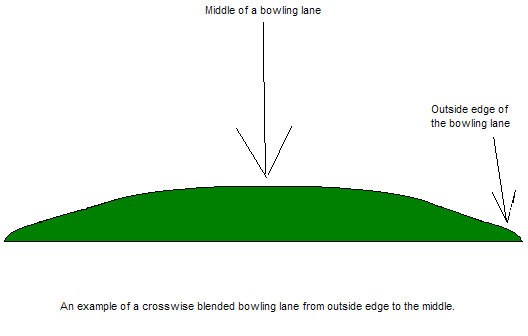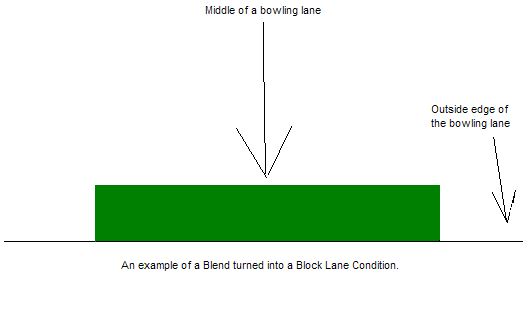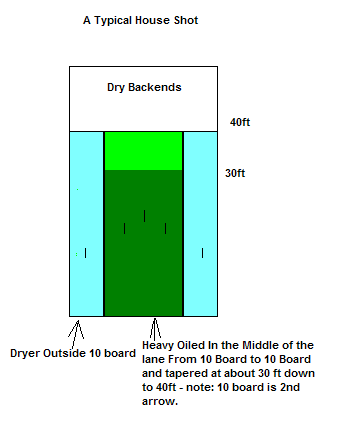Plastic Coverstock
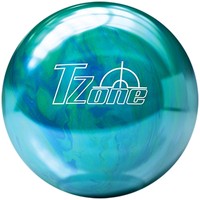
Plastic is the most simple coverstock to break down. This is found commonly on your spare balls. Plastic is designed to go straight to help with your spare game. It takes the lane out of play so you may go from the foul line directly to the pin(s) without the interference of the ball hooking on you.
Urethane Coverstock
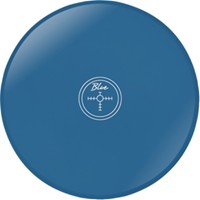
Urethane is the next step up from the Plastic Coverstock. Urethane will hook a few more boards than Plastic. Also, Urethane will react relatively early when rolling it down lane. Most bowlers will migrate to Urethane when bowling on a short pattern or when the lanes are extremely Over/Under. Short patterns(35' or less) are either the Cheetah or Wolf to give you an idea. Never heard of Over/Under Reaction? Well that is mentioned when your ball over hooks on one shot and then the very next shot under hooks. Thus giving you Over/Under Reaction. Anytime you see this while bowling, either a line change or ball changing to Urethane is needed quickly. Some bowlers will use Urethane as a spare ball since the hook is still minimal.
*The bowling world uses Three main Reactive coverstocks: Pearl Reactive, HyBrid Reactive, and Solid Reactive. I will break down the relevance in each coverstock and how they will perform.*
Pearl Coverstock

Pearl coverstocks will go the longest of the 3 Reactive coverstocks. Most of the time bowlers will migrate to a Pearl coverstock in the later games of tournament qualifying. So after a few games have been bowled, the shot begins to break down, that is when switching to a Pearl coverstock could benefit you. You may find that using a Pearl Coverstock on a house shot will help increase your carry as well. Again, more length and a sharper response on the back end is what you will find out of a Pearl Coverstock. Bowlers with slower speeds may lean towards Pearl Coverstock to help get natural length before the ball reacts.
HyBrid Coverstock

HyBrid Coverstocks will react slightly earlier than a Pearl coverstock but yet still go longer than a Solid Coverstock. Hybrid Coverstock are considered your happy-medium ball. They are used on a variety of conditions. One of the best selling balls in our game today, Storm Hy-Road, has a HyBrid Coverstock. Most of the time you could start with a HyBrid to feel out the pattern you are bowling on. Then steer to a better direction if the HyBrid is not working for you. Hybrid Coverstock are pretty versatile for all types of bowlers.
Solid Coverstock
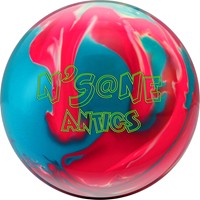
Solid Coverstocks will react the earliest out of the Three Reactive Coverstocks. Solid Coverstocks are used primarily on fresh to heavy volume patterns. To put it in perspective, Solid Coverstocks have the sharpest teeth to cut through the oil. The one down fall with Solid Coverstocks, since they are designed for high oiled patterns, they absorb the most oil at the quickest rate. This requires more maintenance than your Pearl and HyBrid Coverstock. Bowers with higher speeds may lean towards Solid Coverstocks to help with reaction.
To break it down one last time for you. In order from Strongest to Weakest Coverstocks are: Solid, HyBrid, Pearl, Urethane, and then Plastic. This is not always true but more often than not, this is the order they go. When heading to go bowl tournaments, make sure your arsenal is covered from top to bottom. It is nice to have a nice mixture of each coverstock to match up to what you may be bowling on. So instead of buying the new High Performance ball each time one comes out, look at rounding out your arsenal to help improve your scores. Also, there will be times the Pearl Coverstock may out hook a Solid coverstock. Trial and error is the best thing about the game of bowling. Some things may work one day and yet fail the next day. Keep an open mind out there! Remember to always Practice Practice Practice!

